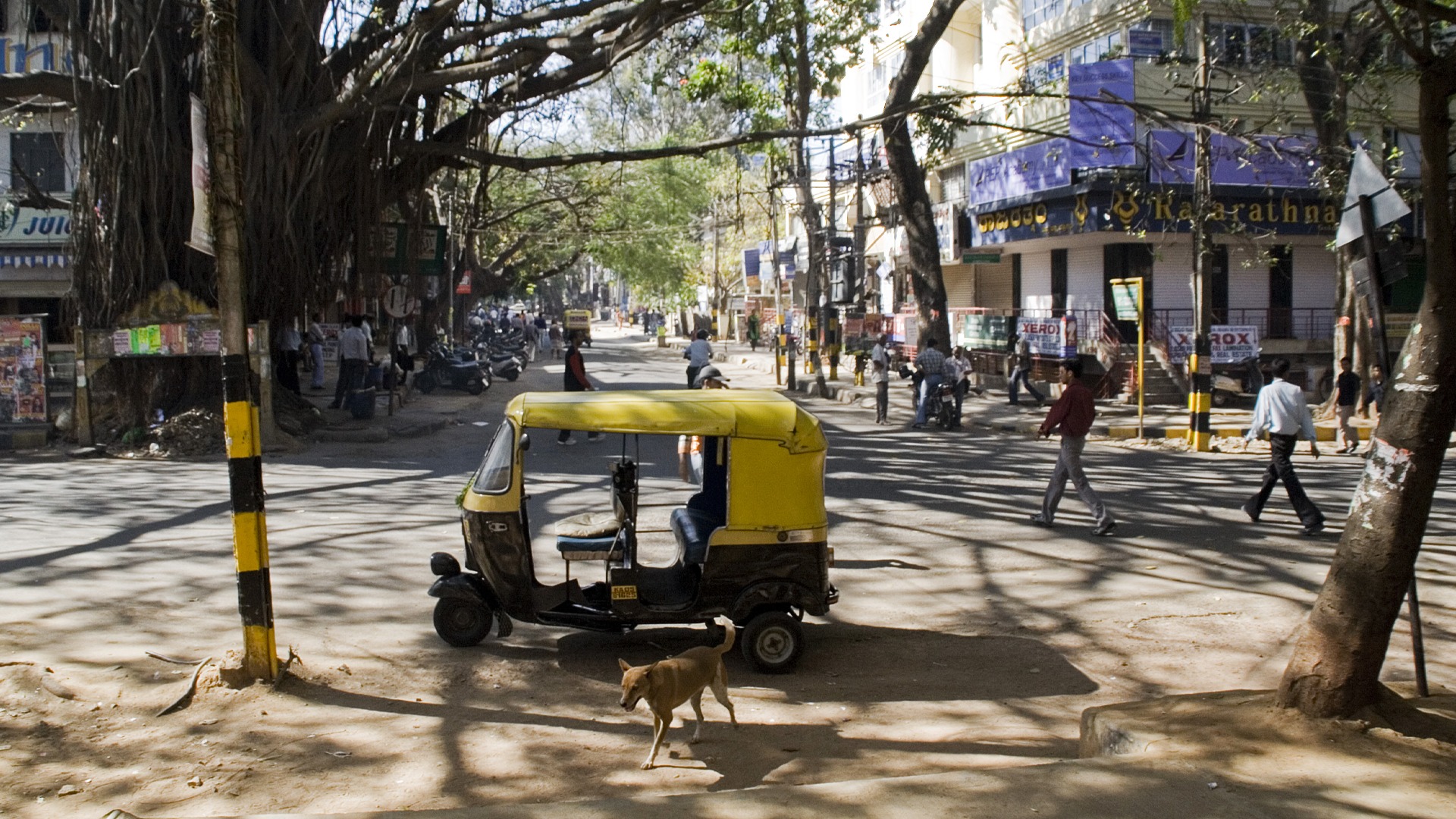Bangalore, the Silicon Valley of India, is grappling with an unprecedented water crisis that has exposed an underbelly of unchecked urbanization and environmental neglect.
As summer looms, Bangalore’s water crisis is expected to worsen.
Sharaschandra, a resident of Uttarahalli in Bengaluru, paints a grim picture. ‘We are a family of six members. A tanker of water lasts for five days even if we use it judiciously. It means we need six-tankers of water a month, which will cost us about Rs 9,000 a month. How long can we spend money like this?’
How did a city that was once a paragon of urban planning and environmental consciousness descend into such a dire state? The answer is complex – and stems from a fundamental disregard for sustainable development.
What is the root of the crisis?
Deputy CM DK Shivakumar has said that out of approximately 14,700 borewells in Bangalore, a whopping 6,997 have dried up, while around 7,784 are still operational – a precarious balance that teeters on the edge of collapse.
At the heart of Bangalore’s water woes lies a stark reality: over the last four decades, the city has lost a staggering 79% of its water bodies and 88% of its green cover.
Concurrently, areas covered by concrete have increased eleven-fold, according to studies at the Indian Institute of Science (IISc). This rapid and unchecked urbanization has come at a severe cost to the environment, crippling the city’s ability to replenish its groundwater reserves.
Adding to the crisis is the perennial challenge of a weak southwest monsoon, which has dented groundwater levels and reduced water levels in the Cauvery River basin reservoirs that feed the city.
The Bangalore Water Supply and Sewerage Board (BWSSB), the agency responsible for water supply, has been forced to appeal for additional water from the Cauvery basin to shore up its dwindling supplies.
A crisis that’s been decades in the making
Bangalore’s water crisis can be traced back to decades of mismanagement and neglect. While the BWSSB claims that the drop in the water table is primarily due to poor monsoons, experts argue that this is a half-measure that fails to address the larger systemic issues at play.
One of the glaring problems is the lack of widespread water utility services in the city’s outer zones. Areas like Bellandur, Singasandra, Ramamurthy Nagar, Byatarayanapura, Jakkur, and Devarabisanahalli are highly dependent on tanker water supply, as the BWSSB has yet to lay its water pipes in these regions.
Successive governments have failed to implement various drinking water and sanitation schemes promised at the outset of their terms. This chronic neglect has compounded the crisis, leaving the city woefully underprepared to address its growing water needs.
Overexploitation of groundwater and the depletion of borewells have further exacerbated the situation.
Residents are now forced to dig borewells as deep as 800-900 feet in search of water, a stark contrast to just a couple of decades ago when water was readily available at depths of 150-200 feet.
The localized distribution network problem is another critical factor contributing to the crisis.
In the absence of government-regulated water utility services, the population is left at the mercy of an unregulated and mismanaged tanker water supply system, where pricing, sourcing, and sanitization are all fraught with issues.




















